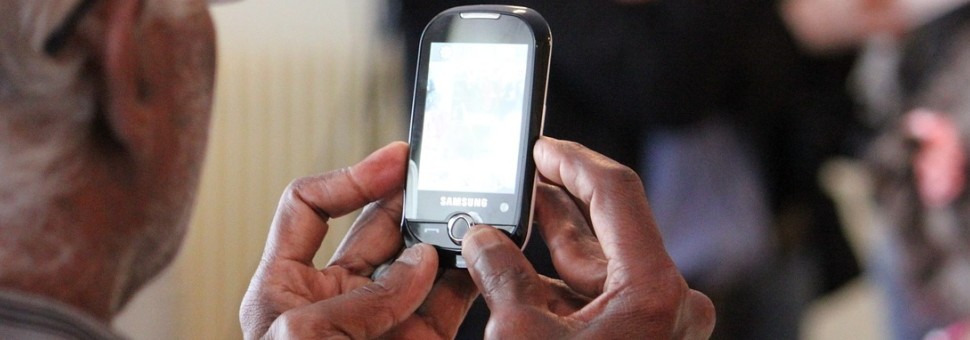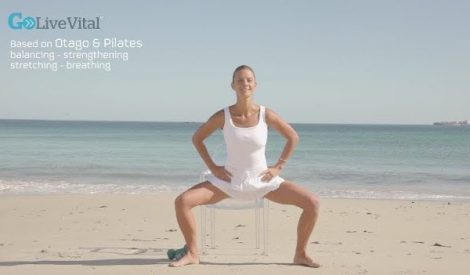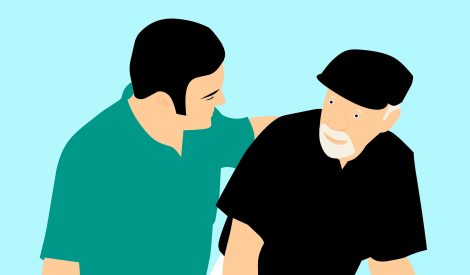Due to the rapid ageing of the population, estimations are that by 2020 the number of Americans that are expected to need assistance of some kind will have reached 117 million – whereas the overall number of unpaid caregivers is only expected to reach 45 million. Our solution? Technology-based health care! And we are far from alone in this view: the AARP has just published an extensive report emphasizing the great promise technological innovations hold for the way we age.
“How can I find reliable help? How can mom and dad stay safe and healthy? As people live longer lives, these questions touch us all,” the AARP writes in the report they published last month. According to a study they conducted last year, nearly 40 million Americans in 2014 were providing unpaid care to people who are older and in need of assistance. “Some call it ‘informal’ care, but there’s nothing informal about the emotional, financial and day-to-day stress such a role can involve, or the growing gap between the number of caregivers and the number of care recipients,” the AARP goes on to say. “Technology holds great promise for helping to reduce the complexities, stress and sheer hard work of the important job of care giving, but many current solutions remain under the radar and underused.”
Take health and safety monitoring devices, for instance: a recent survey conducted for the AARP demonstrated that while 67 percent of caregivers say they want to use these solutions, only one tenth are currently doing so. The reason for this, according to the AARP, is the fragmentation they detect in today’s market for care giving solutions – making most solutions poorly adapted to the needs of both care givers and the recipients of care. But, the organization points out, there is hope: “As online networks bring people together, platform-based solutions extend business reach, and mobile devices put information, connections, and services at people’s fingertips, there’s never been a better time to harness innovation toward easing an important job and making a social impact.”
Our point exactly! Further into the report, the organization turns its focus towards exactly the type of solutions we offer. “Over the past several years, social networks, smart phones, and digital technology have emerged to help caregivers and the people they care for make social and cultural connections and break down the social and emotional barriers caused by aging. Yet a great need still exists for more services that gather content specifically of interest to seniors and deliver it through one easy-to-use and trusted source.”
This sounds like an exact description of our main solution: our GoLivePhone software. Recognizing exactly the type of problems described here by the AARP – fragmentation, inaccessibility and the lack of services that are specifically designed to cater to the needs of older adults – we have developed a device with the ability to tackle all these problems at the same time; offering an easy-to-use, platform-based device in which all current technological health care innovations are brought together.
Using the GLP-software, older adults are empowered in more than one way: they gain the ability to take large parts of their health care into their own hands, are able to live at home much longer and can remain in permanent contact with their friends and family.
In other words: using this kind of technology not only bridges the growing gap between the number of informal care givers and the number of older adults in need of assistance, but also humanizes the way we age – something we find very important. As one of the respondents in the AARP report puts it, describing an important element in the relation with her mother, whom she cared for: “I believe that her ability to stay strong had something to do with my making sure she had a part in all of her decisions—whether medical or personal – and to maintain her dignity as a human being.”




